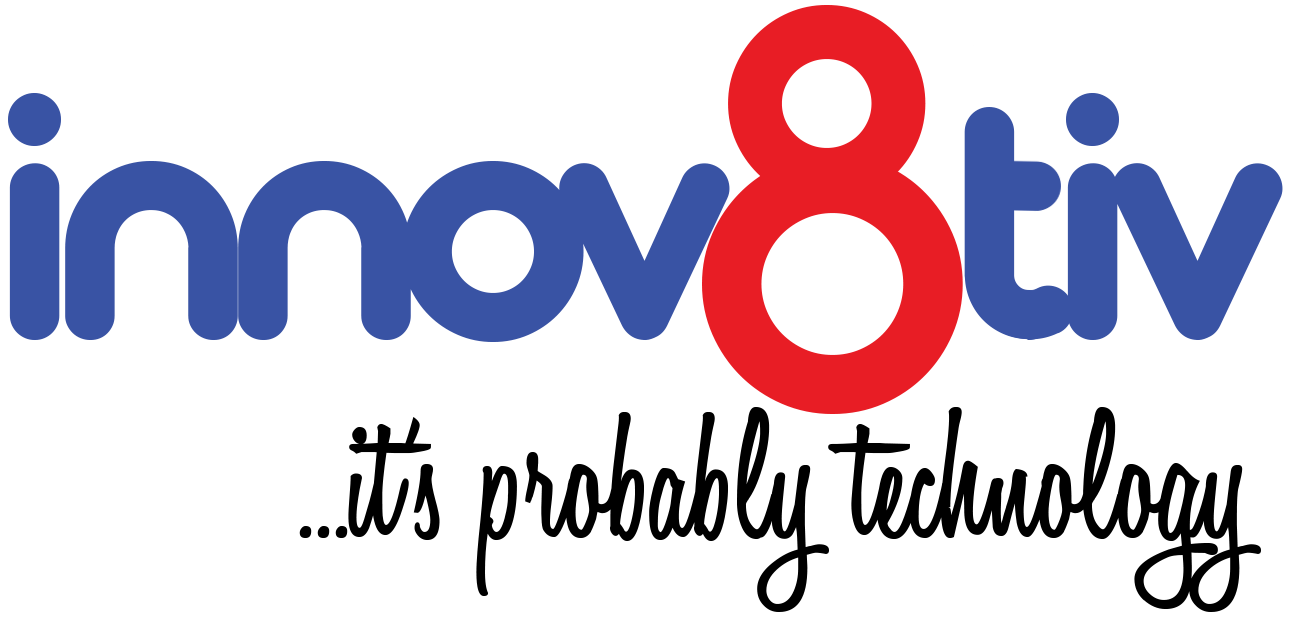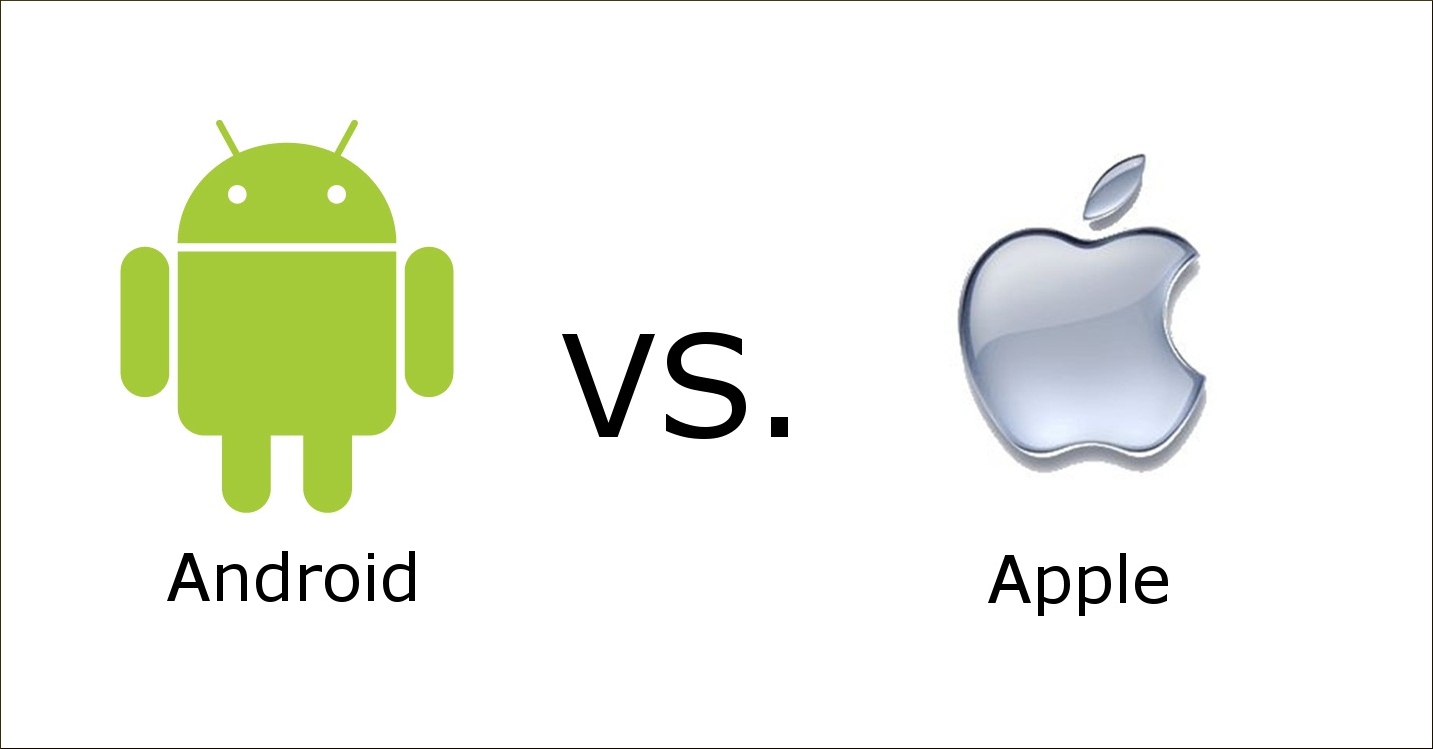Tomorrow is the first day of a new year. Hopefully a new chapter, the first canvas of your next year’s 365 canvas. For the consumer electronics industry, it is going to be a cut-throat 365 days of trying to out-muscle one another. However, if you were to projects the prospects of iOS versus Android over the next one year, Android seems will come up on top in almost all the scenarios.
Experts presuppose that consumers are going to see impressive Android phones released over the next 365 years. There will also be an impressive growth of smart home, IoT devices, and AI-powered digital assistants.
Google will release an avalanche of Electronic Gadgets
Google sparked a frenzy of prediction among tech reviewers after their last annual hardware show held in October 2017. The search engine giant is believed to be prepping for a release of a wide range of electronic gadgets, ranging from Android phones to 2nd generation future oriented Daydream View.
If the words of Sundar Pichai (Google’s CEO) are anything to go by, the company is not particularly keen on releasing exciting gadgets (though they will achieve that), but they are looking towards satisfying the users’ need for optimal usability. “People don’t want to be impressed by technology… they just want it to work for them.”
Google key focus is to be as user-friendly as possible. It is also important to point out that while Google’s gadgets cannot be described as cheap, they sure are more affordable compared to Apple’s products.
2017 was a half-miss for Apple. The release of their iPhone 8 and iPhone 8 Plus did not get as high reviews as the company would have hoped. The iPhone X was good, but with a price tag of $1,000, has it not cut out a small niche in the market for itself, while locking the larger market.
To add salt to Apple’s injuries, people just seem to be in love with Android phones; how else will Android make up 84.82% of the world share? Android devices by themselves, do not need Apple devices to be highly priced or perform poorly to thrive. These devices pack quite a punch, some flagship Android devices released in 2017 are quite the beast. Take, for instance, the Pixelbook.
Technically, it is a Chromebook when in laptop mode and when you flip it over 360 degrees, it a tablet. Looking at the factsheet below, it is easy to see why experts believe that 2018 will be another good run for Android than iOS.
Apple’s market share has been shrinking since 2012, from 16.6% to 12.9% in 2017.
Android’s market share has grown over the same period, 69.3% to 86.2%.
Developers are more inclined towards Android than iOS. A 2017 Stack Overflow survey showed more developers are looking to work for Android than there are those working on competing platforms.
iPhone fans are increasingly warming up to Android phones. According to a 2016 survey, 45% of iPhone users said Android phones are more advanced.
iPhones remain popular in wealthier countries like the U.S., but Android smartphones are still the dominant. It has been established that as at June 2017, 50% of smartphones users in the U.S. were on Android.
Traditionally iPhone’s features are now being found on Android. We have seen a number of Android phones with wireless charging and are water-resistant. In 2018, experts predict more iOS phone features will be ported onto the Android platforms.



